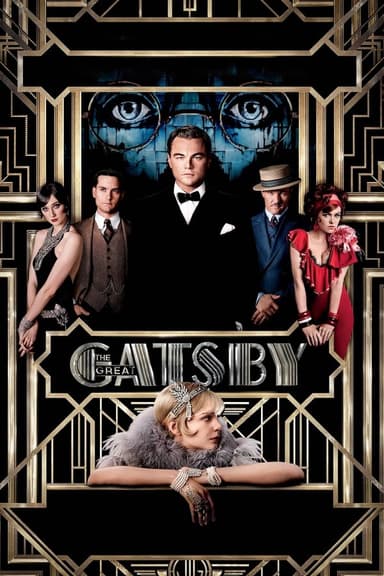
The Last Station
2009 • Drama, Romance • R
A historical drama that illustrates Russian author Leo Tolstoy's struggle to balance fame and wealth with his commitment to a life devoid of material things. The Countess Sofya, wife and muse to Leo Tolstoy, uses every trick of seduction on her husband's loyal disciple, whom she believes was the person responsible for Tolstoy signing a new will that leaves his work and property to the Russian people.
Runtime: 1h 52m
Why you should read the novel
If you are captivated by the life of Leo Tolstoy, diving into Jay Parini's novel The Last Station provides a more immersive and detailed experience than the film. The book offers nuanced insights into Tolstoy’s final year, drawing heavily from actual diaries and letters of those closest to the luminary author, which gives readers authentic glimpses into the complex web of his personal relationships. By reading the novel, you can fully appreciate the historical context and philosophical underpinnings that shaped Tolstoy’s final days, making it a rewarding journey for anyone interested in literature and Russian history. The Last Station by Jay Parini not only tells a story but also invites readers to dwell on universal themes of love, loyalty, and ideological conflict, all from a deeply human perspective. Discover the layers of intrigue, passion, and moral struggle that only the written page can deliver—and enjoy the power of historical fiction at its finest.
Adaptation differences
One of the main differences between The Last Station film and Jay Parini’s novel is the narrative perspective. While the movie centers its story through visual dramatization, the novel employs multiple narrators, alternating chapters based on the viewpoints of major characters such as Valentin Bulgakov and Sofya Tolstoy. This approach provides a much richer internal experience, allowing readers to access characters’ unspoken thoughts and motivations, which often get lost in cinematic translation. The novel’s structure adds depth and nuance, helping to highlight the conflicting loyalties and inner turmoil experienced by those around Tolstoy in a way that the film cannot fully capture. Another notable difference is the depth of historical and philosophical detail; the book dives deeper into the ideological rifts within Tolstoy’s circle, illuminating the political tension, religious skepticism, and utopian aspirations that defined the era. In contrast, the film tends to streamline these complexities for the sake of narrative pacing and audience accessibility. Additionally, the book’s use of real diary entries and direct references to historical texts adds a layer of authenticity, enriching the reader’s understanding of the real-life personalities involved. The Last Station novel immerses you in the period’s intellectual debates, while the film focuses more on the dramatic tension and romance between Tolstoy and his wife. Choosing the book over the film means delving into a world of psychological realism and historical authenticity, offering an experience that is both emotionally and intellectually satisfying.
The Last Station inspired from
The Last Station
by Jay Parini










